
The banya has nothing in common with extra-humid Turkish hamam or extremely dry Finnish sauna. It is, rather, something in between: in a banya, the air is still quite humid (although humidity does not exceed 40%), but, with that, its temperature must be 60-90 degrees.
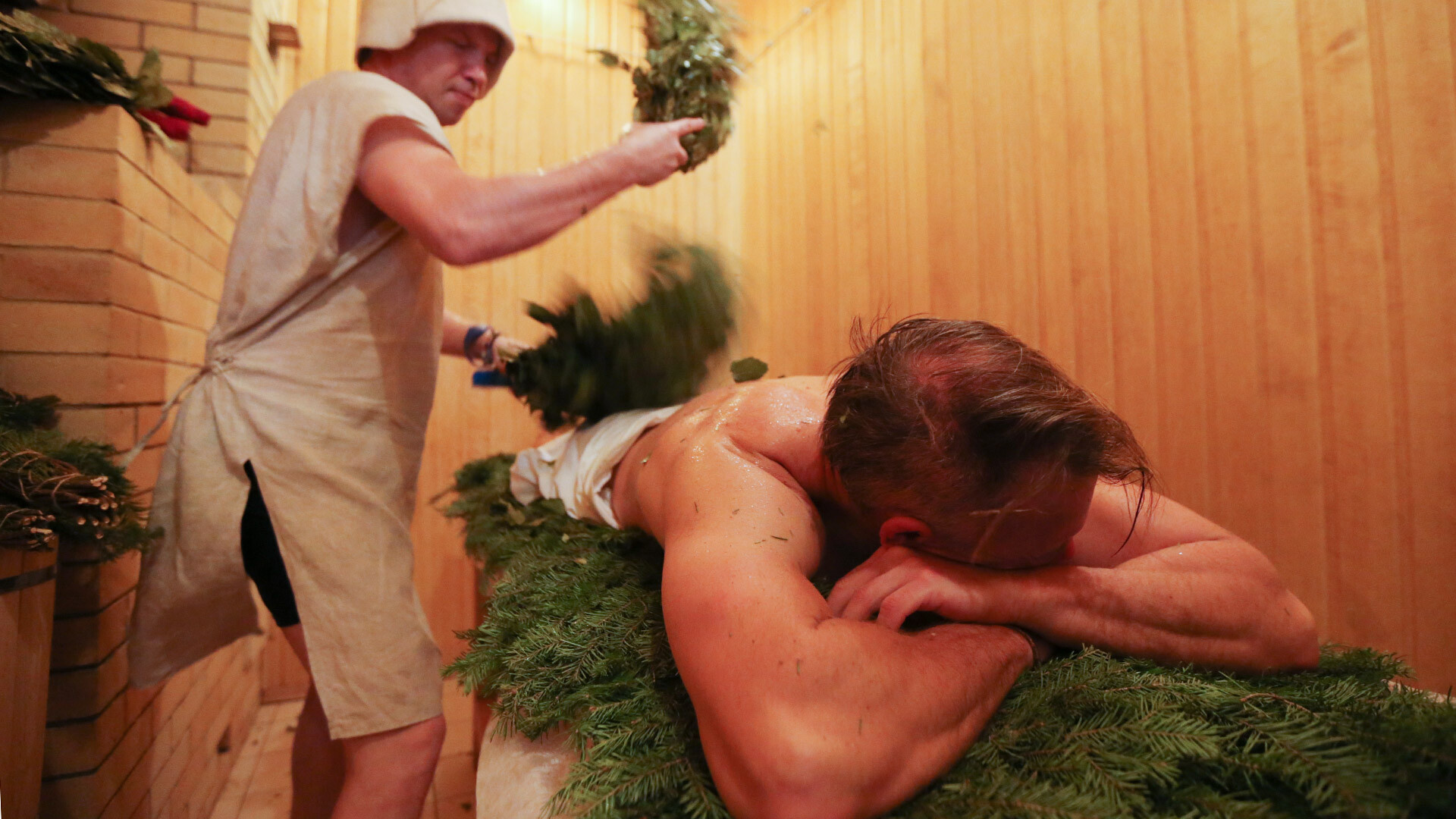
Wet, warm steam is easier to bear than dry and hot, so the banya involves a long stay in it. The furnace used in banyas is closed and it is heated with wood. In the steam room, one can see heated stones on top of which water is poured from time to time - to increase the temperature and “add some steam”.
Finally, the main feature of the banya is a special besom-style bundle of branches with leaves (typically oak or birch tree). It is usually preliminarily soaked for half an hour in cold water and then in 70-80-degree warm water, after which everybody volunteering is “whipped” or does it themselves. Most certainly, being almost boiled on wood before being spanked with soaked leaved branches doesn’t sound like something fun and pleasant. In fact, there are many things that a banya is appreciated for. For example, it provides a unique detox for the whole body and it helps boost the immune system.
Usually, it is a log cabin with two rooms - a steam room and a pre-bath lounge. In the steam room, one sweats and then washes, while, in the anteroom, one changes clothes and rests between banya rounds. This is exactly the kind of log bathhouse that Russian artists liked to depict in their paintings.
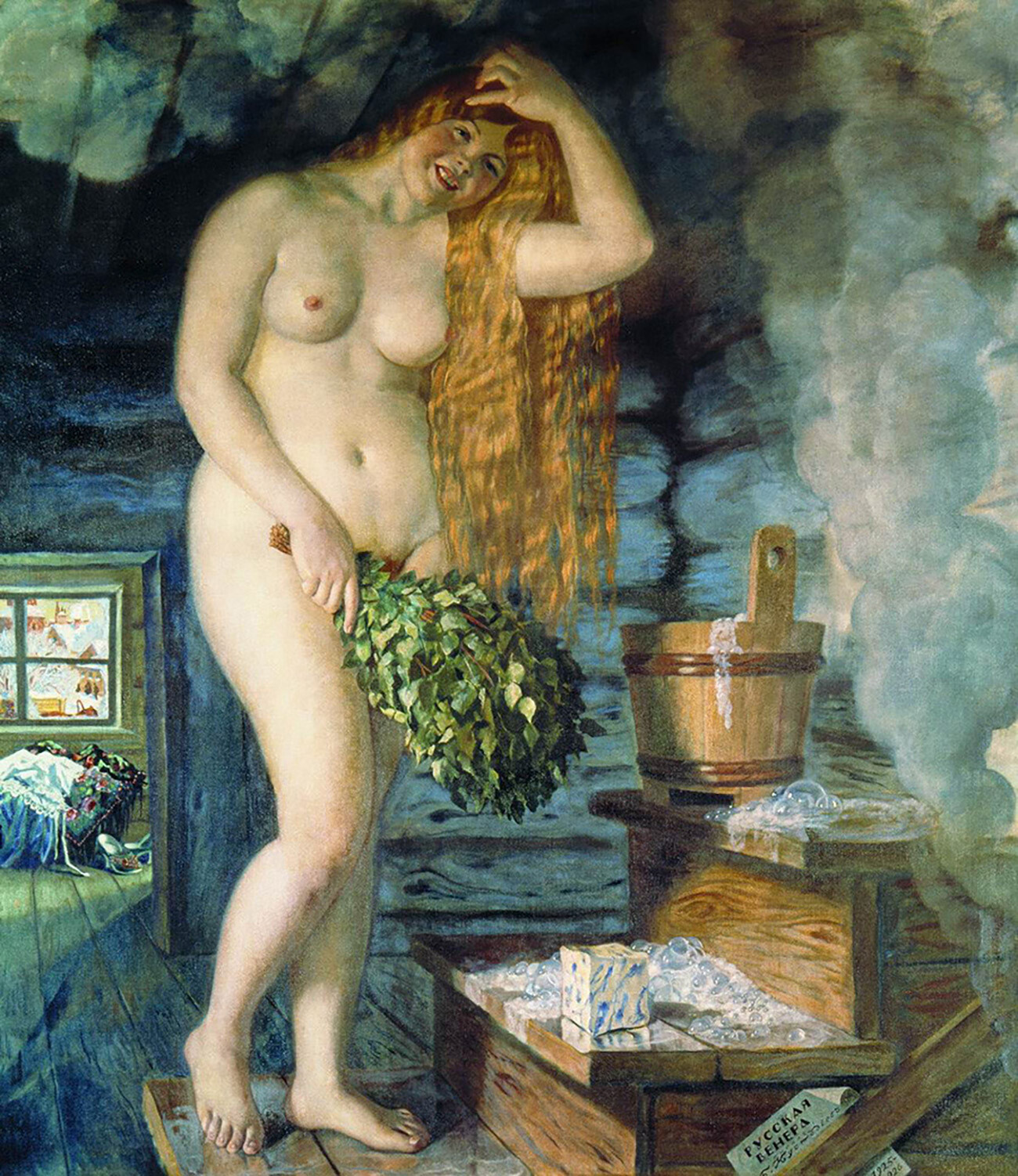
Russian Venus, 1926
Boris Kustodiev/Nizhny Novgorod State Art MuseumIn the past, banyas were heated in the so-called “black” way. The furnaces of such banyas did not have a chimney and, therefore, all the smoke went inside the room. To disperse the smoke, the door was opened and, only after that, some time later, one would enter the steam room. All the walls inside would be covered in black soot. Later, “white” banyas with chimneys emerged - and most modern banyas are like this.
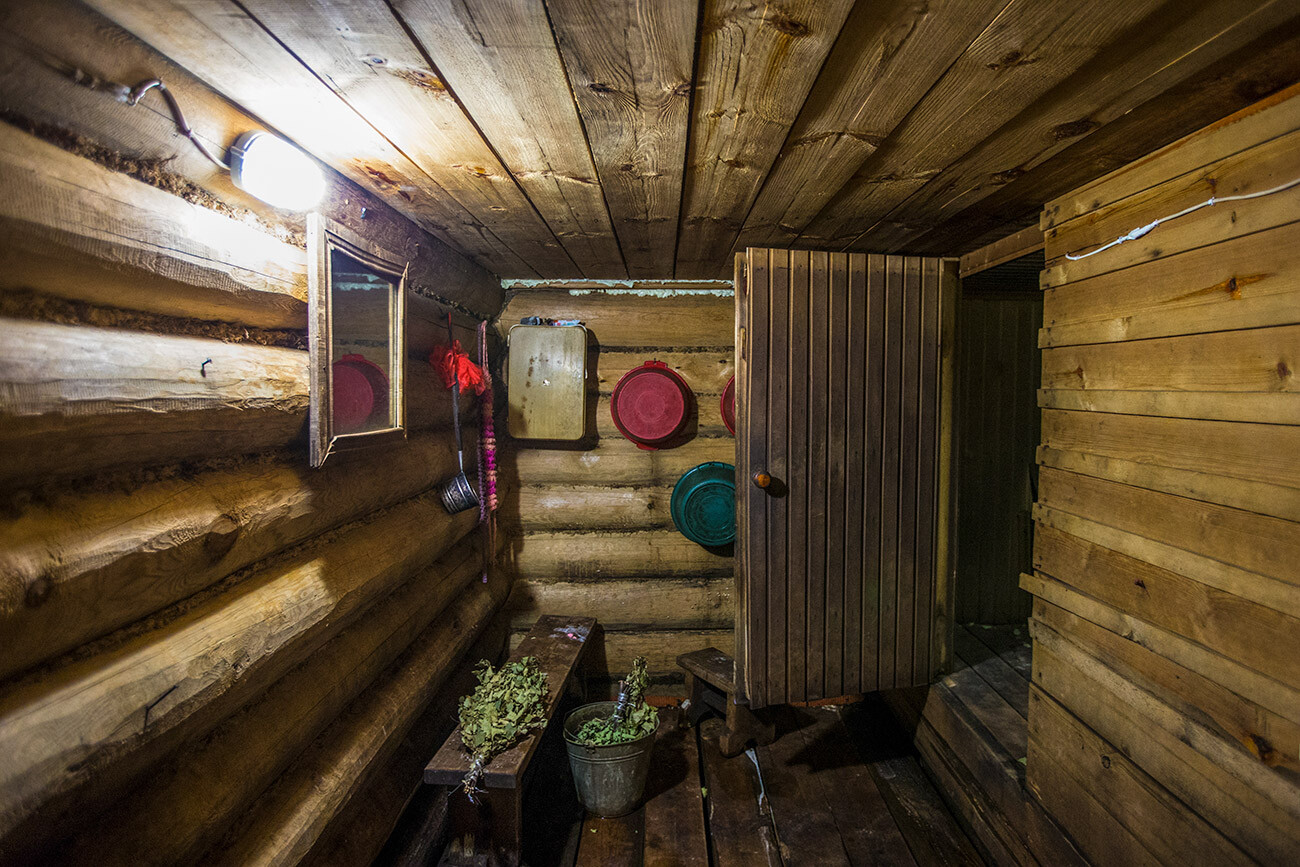
Nowadays, a Russian bathhouse can look like anything you want (the most essential thing is to keep the right temperature and humidity ratio) - from a car trailer to a marble public bathhouse with monograms and columns.
There are also quite unusual options (actually, wherever a Russian person goes, there will be a banya, as well). How about trying a banya in space or underwater?

You may hear that the banya has ceased to be an integral part of life and has become something of an occasional entertainment for locals and an attraction for tourists. This is only true in part. Indeed, the bathhouse has lost its sacred meaning, which was there when whole families washed themselves in it, cured diseases, exorcized demons, gave birth, baptized children, told stories and so on. Most Russian houses have their own bathroom, so that nowadays, not everyone goes to banyas.
But, for quite a few people, public bathhouses in Russia are still a place for regular meetings and socializing. Their regular visitors are usually women and men of 30-40 years of age and older. Yet, in recent years, you can see more and more young “white-collar” people there; some bathhouses also have restaurants and offer hairdresser, spa and massage services.
The first thing you should be prepared for in a banya with such people around is that conversations there can be very different - frank, unpleasant or hilarious, as blogger Anna Artemyeva warns. She goes on banya expeditions all over the country and talks about her experiences in her blog. For example, about how those who don’t strip naked are treated or how the banya can help one get rid of complexes.
There are some general rules that are good to stick to in order to have a good experience. For example, don’t eat too much before the banya. And avoid alcohol. This rule is probably one that is broken most often, but combining alcohol and bathing in high temperatures is a health risk. It is better to make do with herbal tea during a visit to a banya. Here, we give step-by-step instructions on how to go to a banya and what to take there.
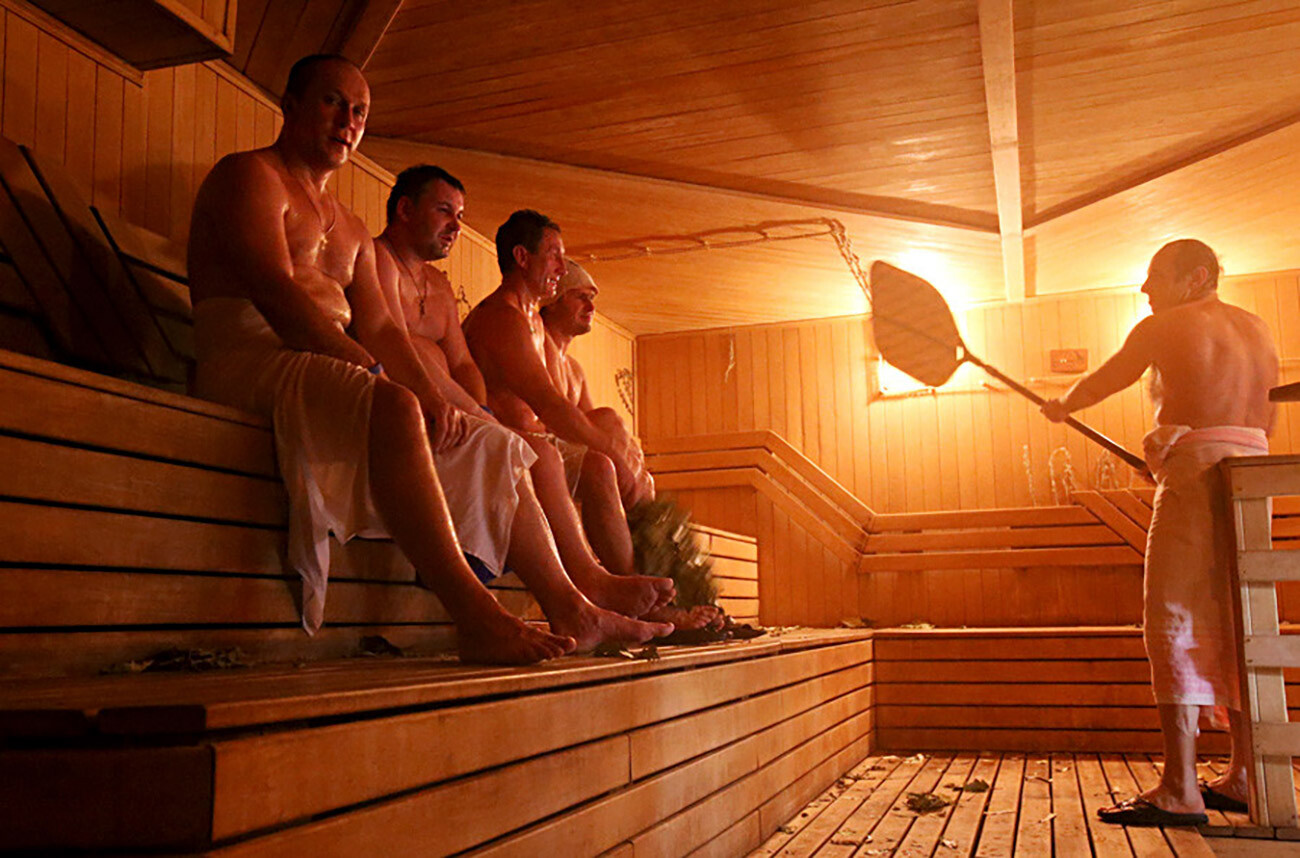
And, of course, there are a few sensitive nuances that can turn a visit to a banya into a nightmare. Read about banya regulars, condemnation of bikinis and swimwear and being forced to jump in the snow in 5 'DANGERS' of the Russian banya guide.

Yes, that’s how it was done as far back as in the times of Rus’. A private banya was an important element of a merchant’s estate. Merchants built relationships in a variety of places - at tea parties, on trips, in churches (there was often trade equipment in basements of churches), at the theater, etc. A banya was the last stage of a deal. You can read in greater detail about why here.
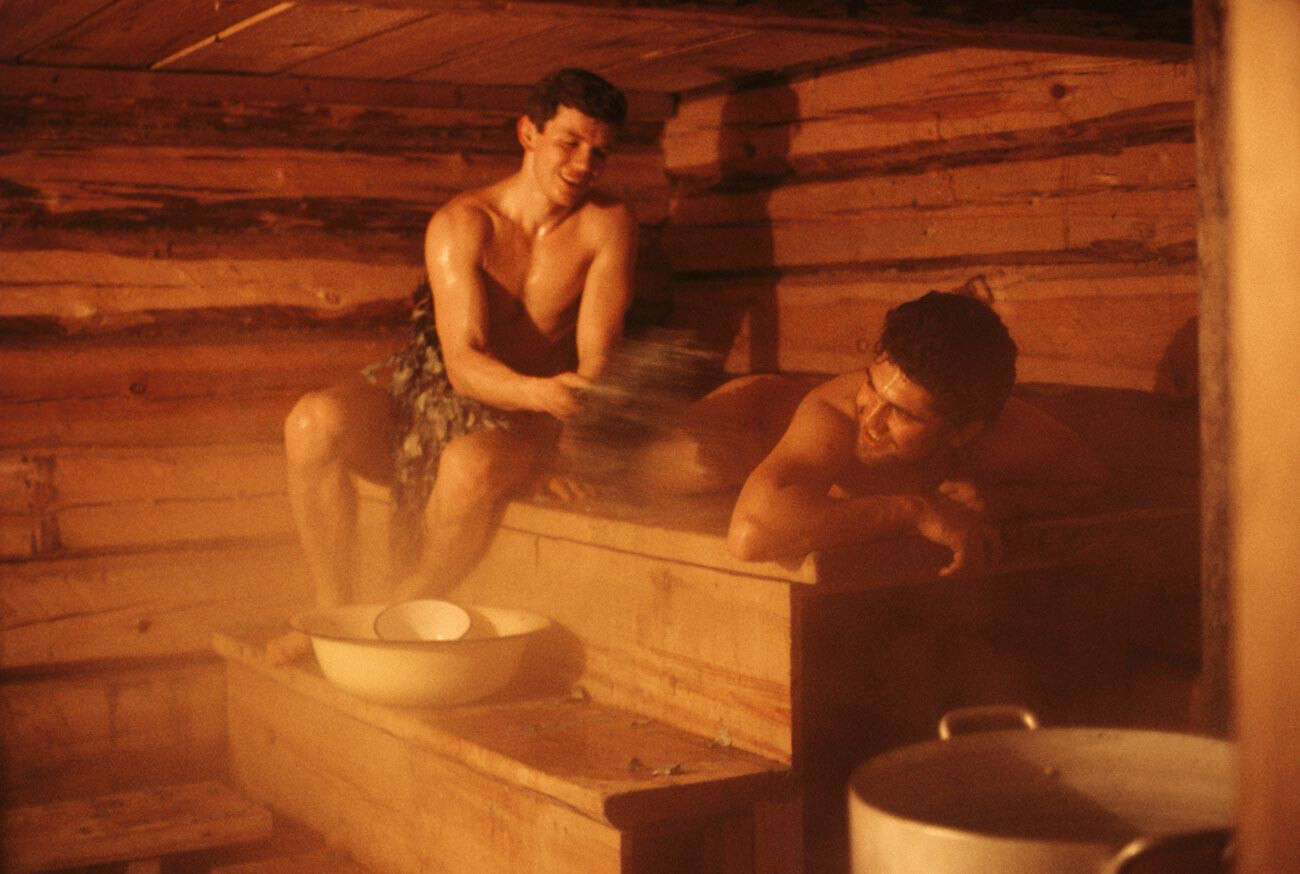
Perhaps, nowadays, prospective partners are invited there for slightly different reasons than in Ancient Rus’, but a banya is still an option as a place offering an informal setting.
The legendary ‘Sanduny’ banya in Moscow is definitely one of the most beautiful and popular with tourists. It was opened more than 200 years ago, becoming the most well-known banya among the elites. It was there that writer Leo Tolstoy, poet Alexander Pushkin and members of the Romanov dynasty bathed, surrounded by marble columns and stucco artwork.
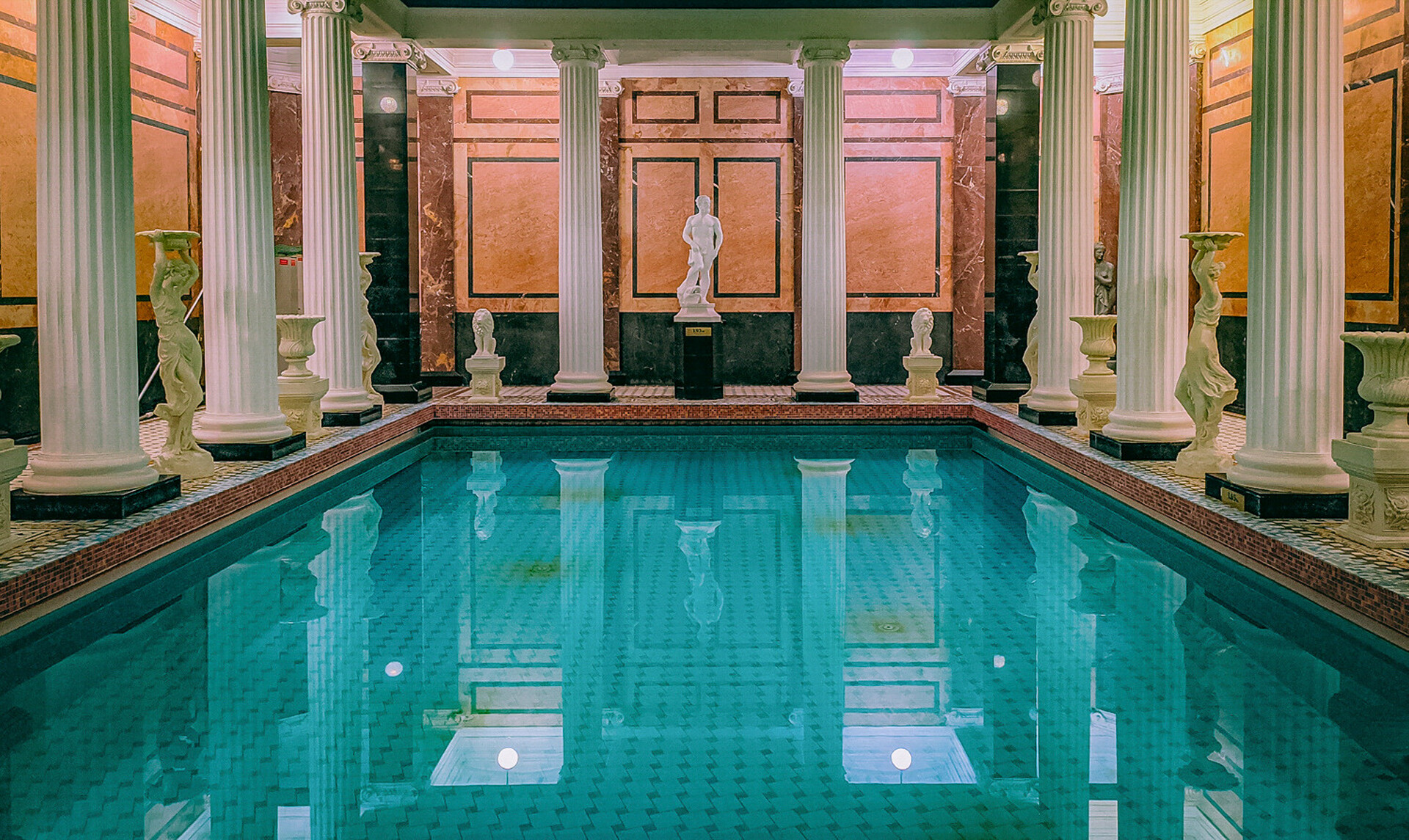
St. Petersburg is also famous for its historic banyas. One of the most popular ones is located on Vasilievsky Island and is called ‘Imbir’ (‘Ginger’). The building was built back in the 19th century specifically for this purpose and people have been bathing, washing and relaxing there for 174 years now. You can learn more about it, as well as other historic banyas of the northern capital here.
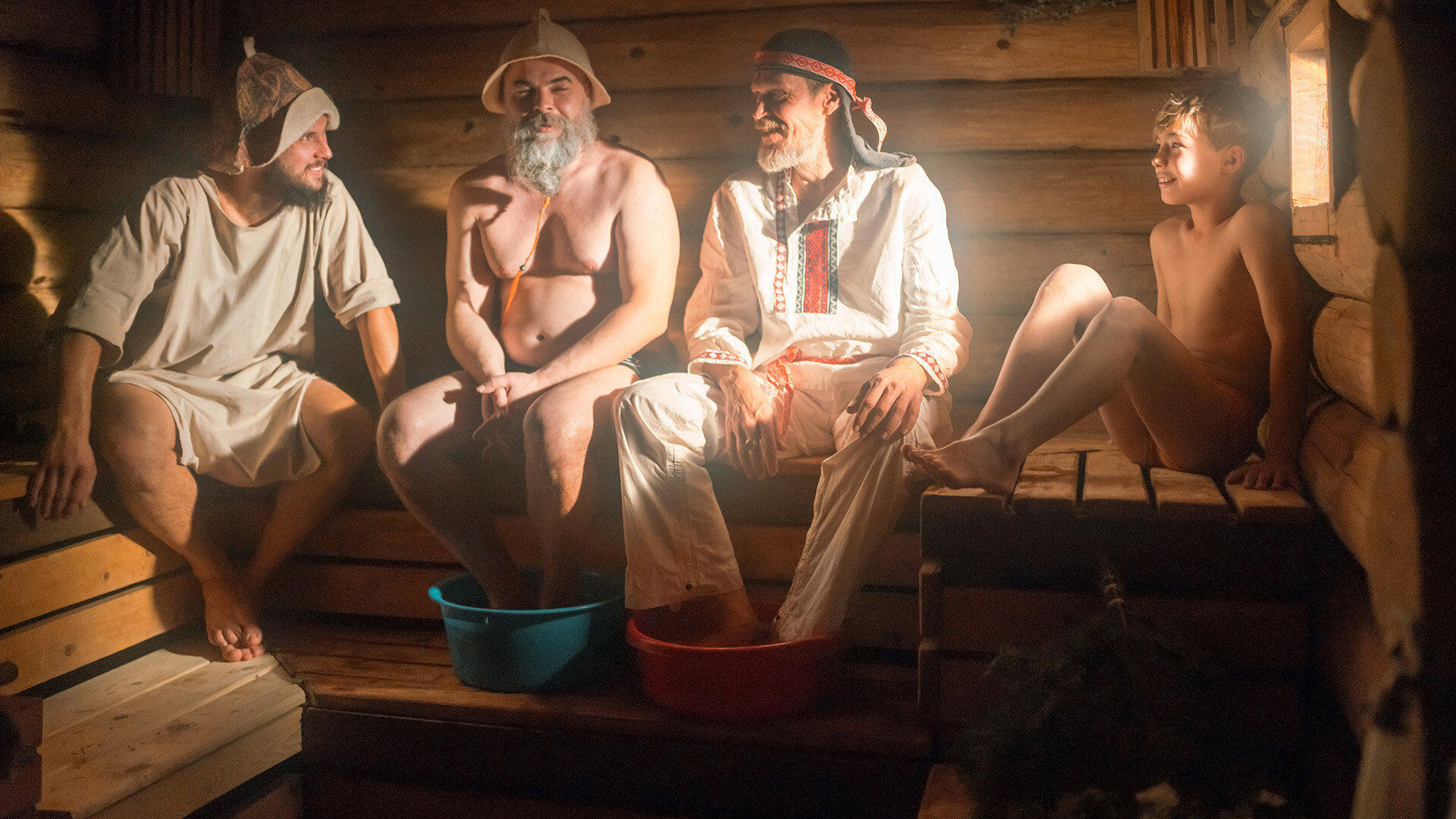
And if you’re not going to travel to Russia yet, you may have a Russian bathhouse in your city, too. We wrote about the most noteworthy banya in the U.S. and Europe here.
Dear readers,
Our website and social media accounts are under threat of being restricted or banned, due to the current circumstances. So, to keep up with our latest content, simply do the following:
If using any of Russia Beyond's content, partly or in full, always provide an active hyperlink to the original material.
Subscribe
to our newsletter!
Get the week's best stories straight to your inbox